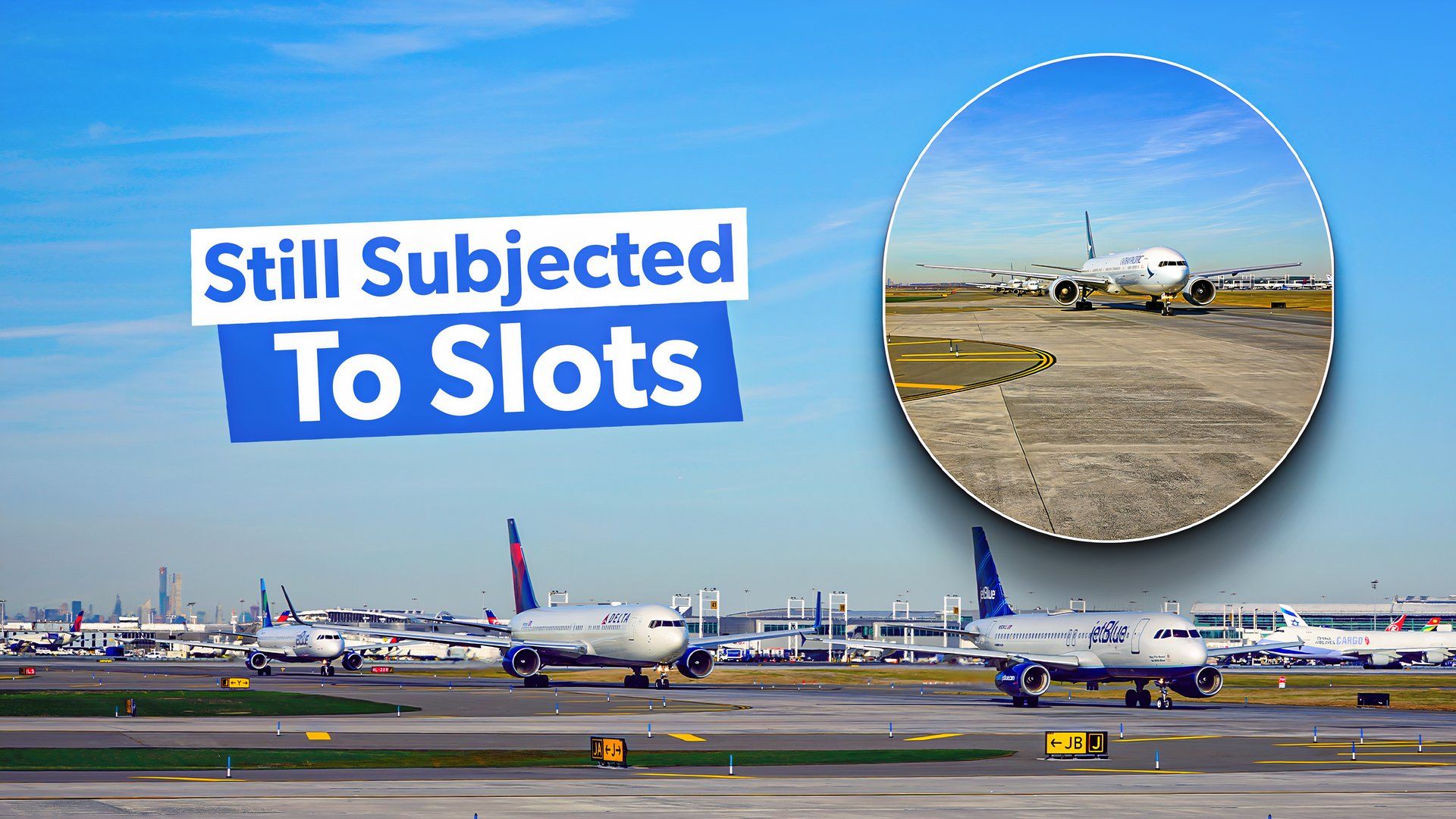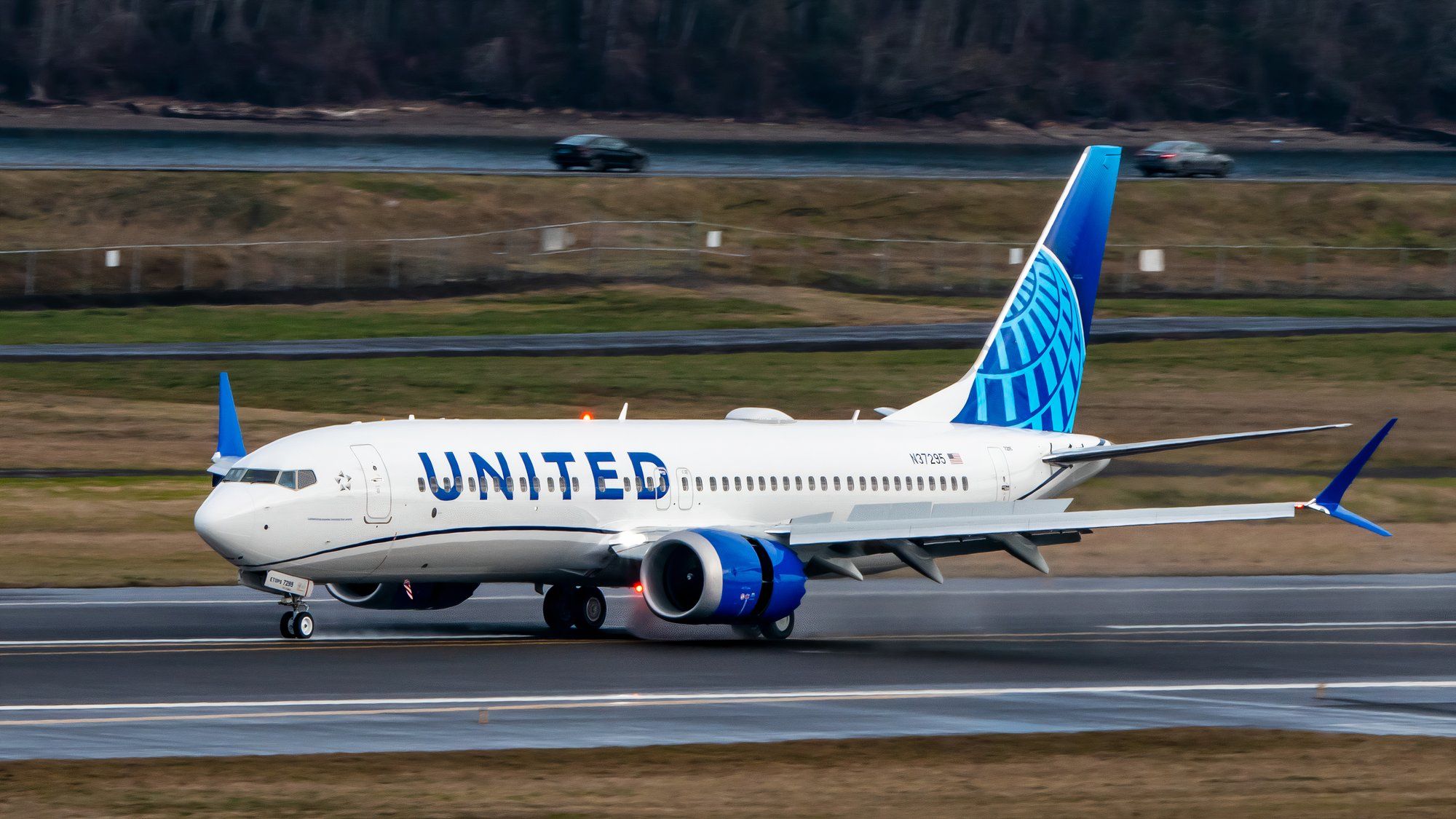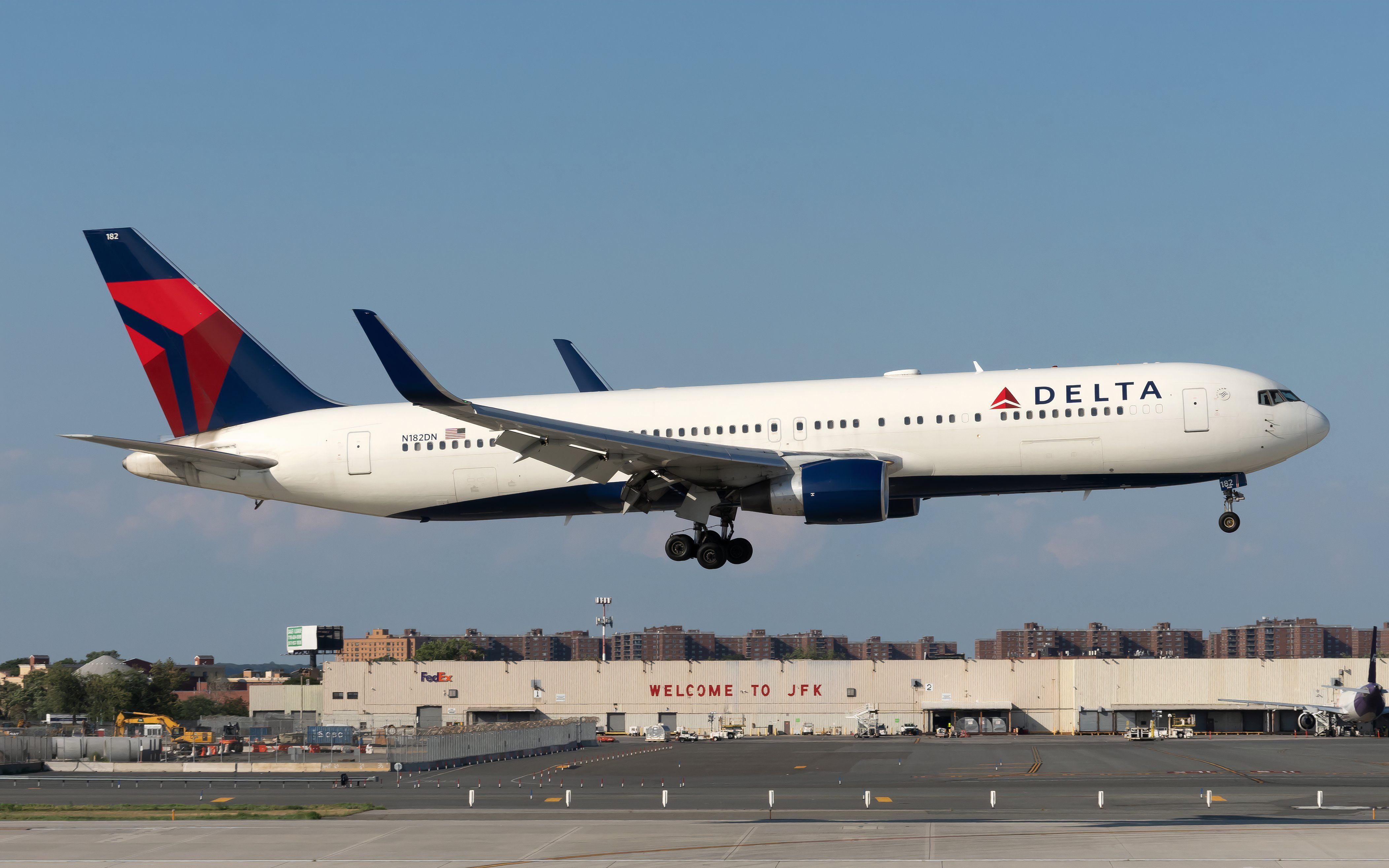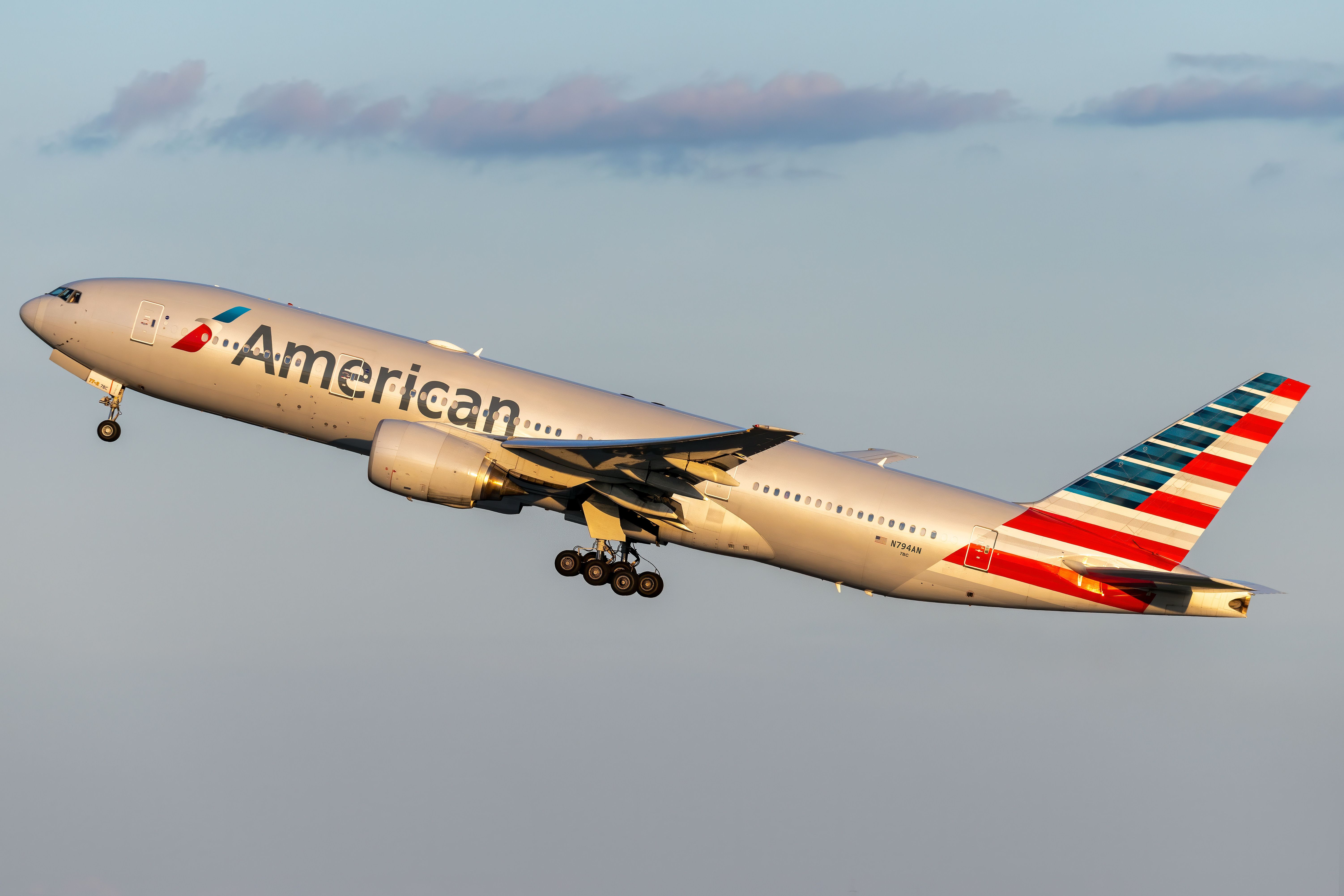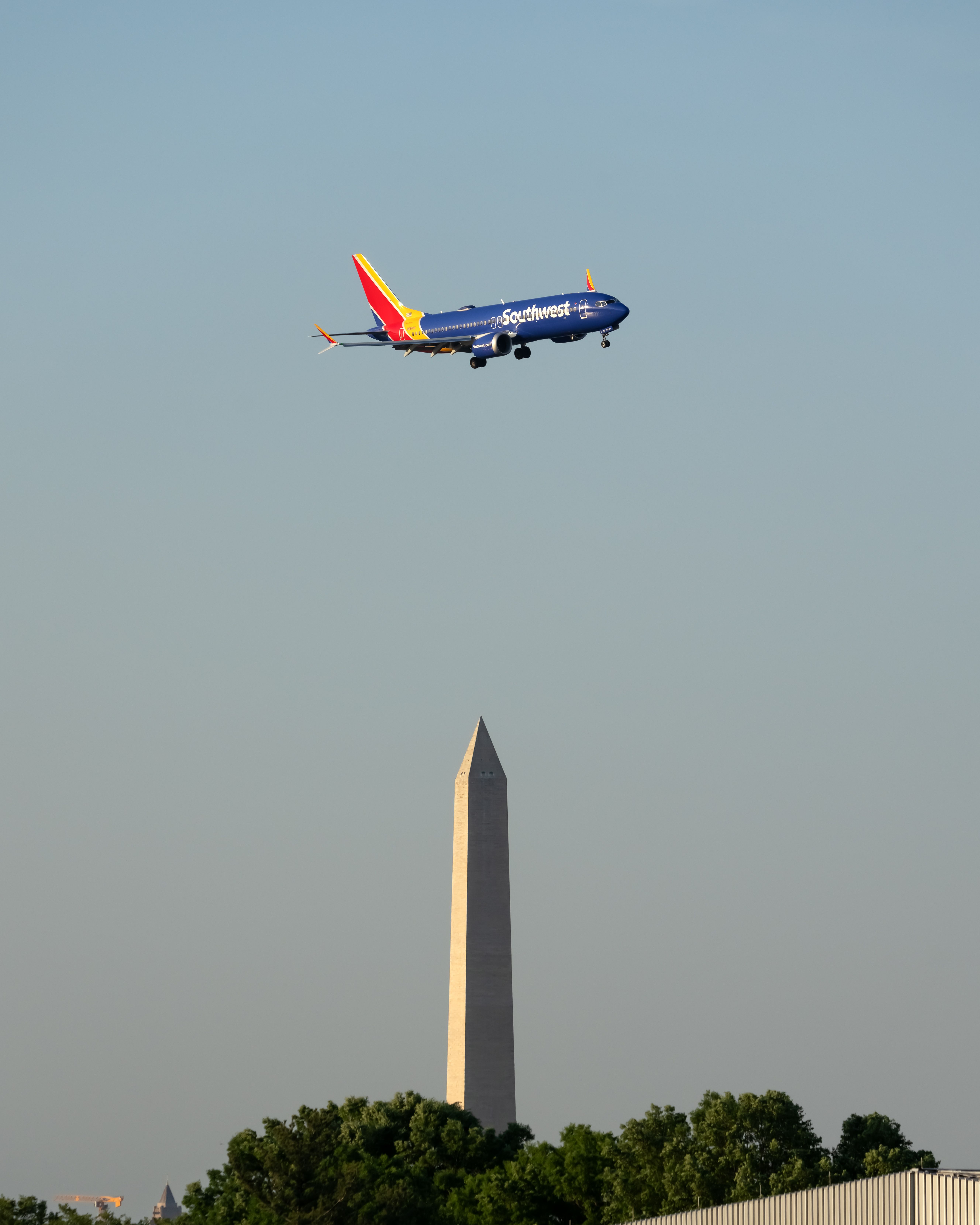Summary
- Airport slots are used to manage scheduled air traffic and reduce congestion at capacity-constricted airports.
- Airlines must comply with rules once granted a slot, such as using at least 80% of slots each season.
- The US slot-controlled airports are JFK, LGA, and DCA.
Any traveler knows the struggle of avoiding the busiest times and days for air travel. Just as we look for ways to escape delays and the hassle of crowded terminals, airports seek to ensure efficient air traffic flow during high-traffic times.
For certain capacity-constricted airports, the Federal Aviation Administration (FAA) uses airport slots to limit scheduled flights and reduce congestion during busy times. These slots can be viewed as reservations for arrivals or departures at an airport and are highly sought-after.
In the US, three airports require slots on certain days during specific times: John F. Kennedy International Airport (JFK), LaGuardia Airport (LGA), and Ronald Reagan Washington National Airport (DCA). LGA and DCA also have additional restrictions, called perimeter rules, which limit the distance of non-stop flights serving the airport.
What is a slot?
In busy airports worldwide, slots are used to limit scheduled air traffic and ensure efficient operations during high-traffic periods. When an airline receives an airport slot, it allows them to operate aircraft at that airport during a certain time frame on specific days. Slots are granted by airport operators and vary depending on the day, time, and season.
Once an airline has been granted a slot at an airport, it must comply with certain rules to keep it. Under normal operating conditions, an airline must use at least 80% of its slots each season. If this requirement is not met, the slot can be returned or given to other operators.
Photo: Tom Boon | Simple Flying
The International Air Transport Association (IATA) categorizes all airports based on air traffic and capacity. Per the IATA’s website, airports are classified as Level 1 (non-coordinated airport), Level 2 (slot-facilitated airport), or Level 3 (coordinated airport).
Level 1 and 2 airports do not require airlines to have formal slots. At Level 3 airports, however, higher air traffic or capacity constraints necessitate closer flight schedule management. According to the Federal Aviation Administration (FAA), there are three US airports that currently require slots:
In addition to obligating airlines to obtain slots at these airports, the FAA monitors scheduled air traffic and uses a formal schedule review and approval process at other high-traffic airports. The FAA lists these airports as Chicago O’Hare International Airport (ORD), Los Angeles International Airport (LAX), Newark Liberty International Airport (EWR), and San Francisco International Airport (SFO).
John F. Kennedy International Airport (JFK)
The New York metropolitan area’s airport system is the busiest in the US and the second busiest in the world (after London). The system’s busiest airport is John F. Kennedy International Airport (JFK) in Queens. According to the Port Authority of New York and New Jersey, 62.5 million passengers traveled through JFK in 2023.
The High-Density Rule (HDR) was established in 1969 to help the FAA manage congestion at five major airports: Reagan National (DCA), New York JFK, LaGuardia (LGA), Newark (EWR), and O’Hare (ORD). Per the US Government’s Federal Register, the HDR’s application to JFK operations was terminated in 2007.
As a result of this change, some airlines serving JFK significantly increased their scheduled operations and amended existing flight times. The airport soon faced traffic that exceeded its capacity, causing significant congestion and delays.
Photo: Vincenzo Pace | Simple Flying
In response to this issue, the FAA placed temporary limits on scheduled operations at JFK beginning in January 2008. This Order Limiting Operations has been extended several times since 2008 and is active through October 24, 2026.
Under the amended Order, which is effective October 27, 2024, the FAA limits the hourly scheduled operations to 81 during the slot-controlled hours. At JFK, these times are from 06:00 to 22:59 (EST), Sunday through Saturday.
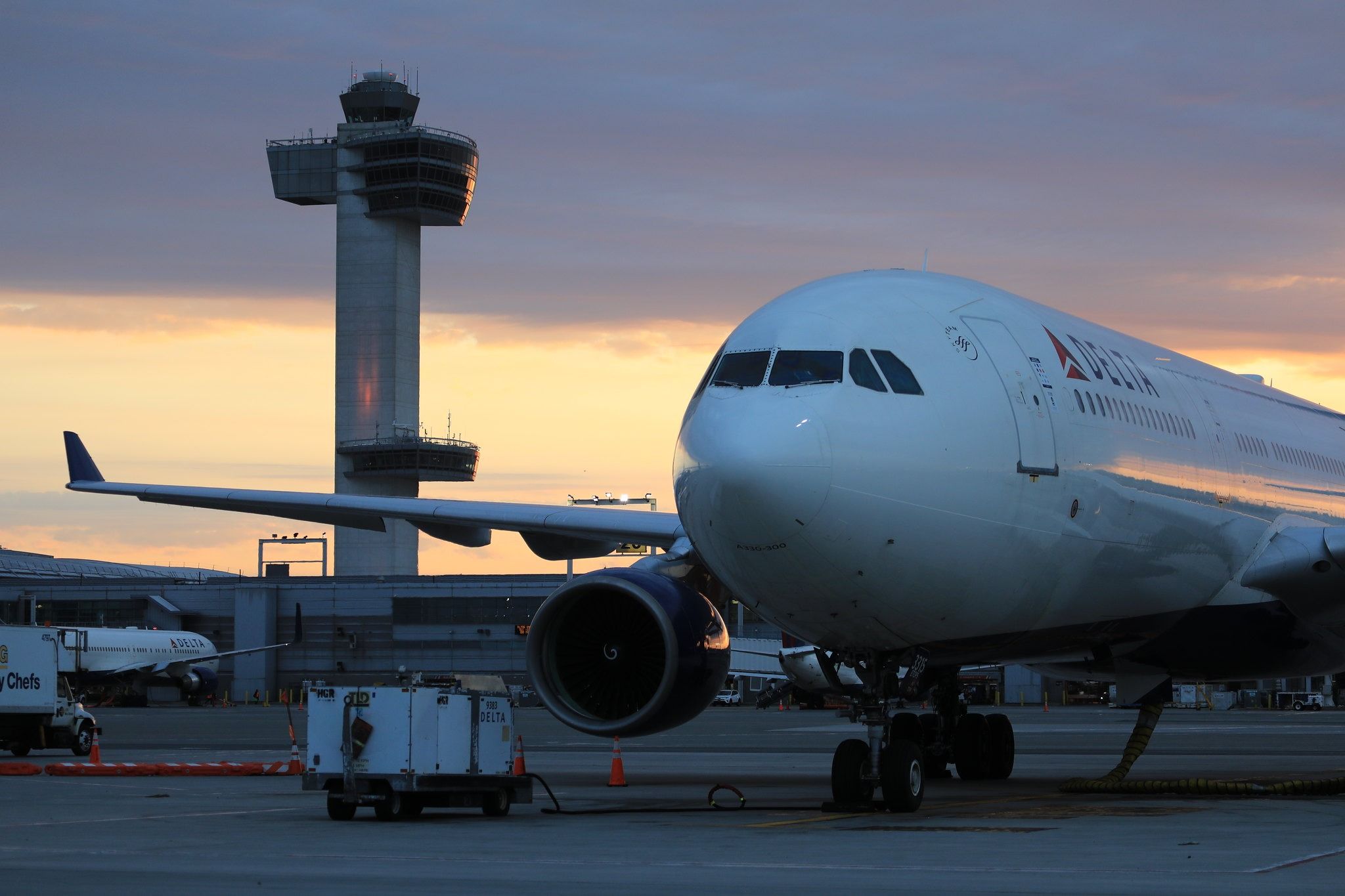
Related
The New York Area’s Airports Ranked By Passenger Numbers
The Big Apple is served by several major hubs.
LaGuardia Airport (LGA)
The second US airport that requires slots is LaGuardia (LGA), which is also located in the New York metropolitan area airport system. In 2023, LaGuardia reached a new record high of 32.4 million passengers, a 4% increase from its previous record in 2019.
As at JFK, the FAA limited the number of arrivals and departures at LGA with the High-Density Rule until 2007. The Order Limiting Operations at New York LaGuardia Airport was issued in December 2006 and has been amended to remain effective until October 24, 2026.
Under this amended Order, which goes into effect on October 27, 2024, flights at LGA are regulated to prevent the congestion and delays associated with the airport’s limited runway capacity. The FAA regulates scheduled operations to 71 per hour and unscheduled operations to three. These limitations are effective from 06:00 to 21:50 (EST) Monday through Friday and from 12:00 to 21:59 on Sunday.
Photo: Vincenzo Pace | Simple Flying
Although the official limit is 71 operations per hour, LGA is a special case. In 2009, the FAA modified the Order to reduce the scheduling limits from 75 operations per hour to 71. However, they did not reduce historic slots to reach the new hourly limit and instead honored these pre-existing slots. As a result, between 72 and 75 slots remain authorized in most slot-controlled periods.
The Port Authority of New York and New Jersey also imposes a 1,500-mile perimeter rule at LGA. This rule restricts aircraft from flying to airports further than 1,500 miles away. The perimeter rule is independent of the slot requirements and has two exceptions: it does not apply to flights to Denver (DEN) and is inactive on Saturdays, which is also slot-free.
|
Airport |
Scheduled Slots/Hour |
Days |
Times (EST) |
|---|---|---|---|
|
JFK |
81 |
All |
06:00–22:59 |
|
LGA |
71 |
Mon.-Fri. |
06:00–21:50 |
|
71 |
Sunday |
12:00–21:59 |
|
|
DCA |
60 |
All |
06:00–00:00 |
Ronald Reagan Washington National Airport (DCA)
The third US airport with slots is Reagan National Airport (DCA). This airport, located only five miles from the nation’s capital, served 25.5 million passengers in 2023. According to Northern Virginia Magazine, this new record exceeded the airport’s previous record (in 2022) by 6.2%. The DCA Airports Authority also documents the airport’s Runway 01/19 as the busiest in the US.
The airport is slot-controlled for various reasons, including its proximity to important national buildings and officials. Per DCA’s website, the FAA limits daily operations at the airport to 60 slots per hour for specified aircraft classes between 06:00 and midnight (00:00). These regulations are:
- Airlines: 37
- Commuter/Regional Carriers: 11
- General Aviation: 12
In 1966, the DCA Perimeter Rule was established in further efforts to decrease congestion and prevent delays. Like the perimeter rule in place at LGA, this regulation limits the distance of non-stop service to and from DCA. The original limitation, 650 miles, was expanded to 1,250 miles in the mid-1980s.
Any non-stop flights connecting DCA with airports outside the established perimeter must receive federal exemptions through legislation approved by Congress. Some recent federal exemptions allow non-stop service between DCA and major US cities, including Austin (AUS), Denver (DEN), Las Vegas (LAS), Los Angeles (LAX), Phoenix (PHX), Salt Lake City (SLC), San Juan (SJU), Seattle (SEA), and Portland (PDX).
Photo: Vincenzo Pace | Simple Flying
Although some have suggested the removal of DCA’s slots or perimeter rule, the Airports Authority emphatically argues against this. Per DCA’s website, these regulations are vital to efficient operations in the region.
“The long-standing slot and perimeter regulatory structure is essential for maintaining the operational and economic balance between the small, space-constrained and over-crowded Reagan National (DCA) and the much-larger Dulles International (IAD), which is equipped to handle bigger planes and longer flights as the region’s growth airport.”
Additionally, the FAA released a memo in May 2023 that examined the potential effects of slot removal and increased traffic at DCA. According to the report, the airport would see more than a 25% increase in delays if just 20 additional daily round-trip flights were added to the schedule. This could be detrimental to DCA’s operations, as the airport is already one of the most delay-prone in the country.
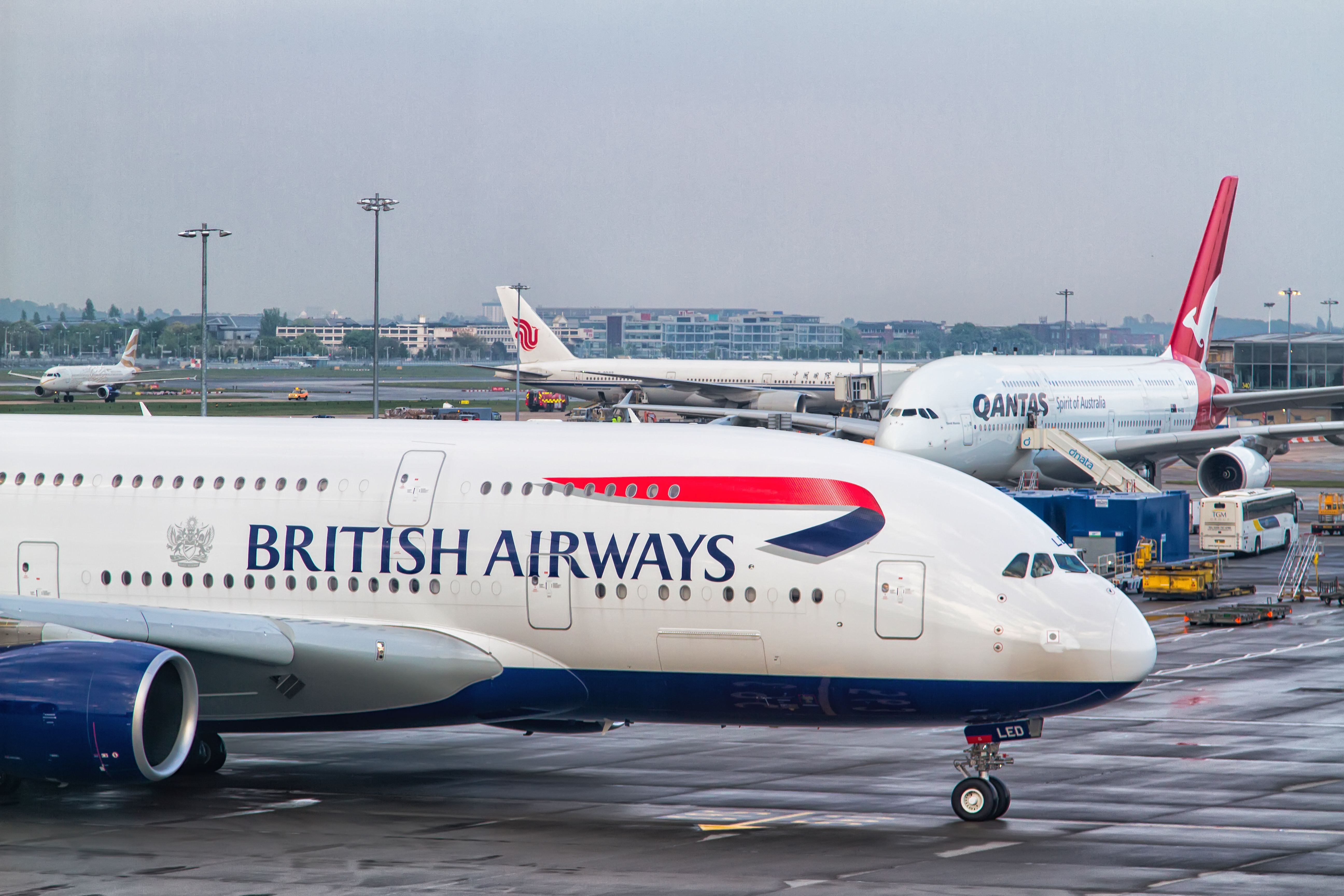
Related
Inside Airport Slots – How They Work And Why They’re So Expensive
Taking a look at how airport slots are allocated.

